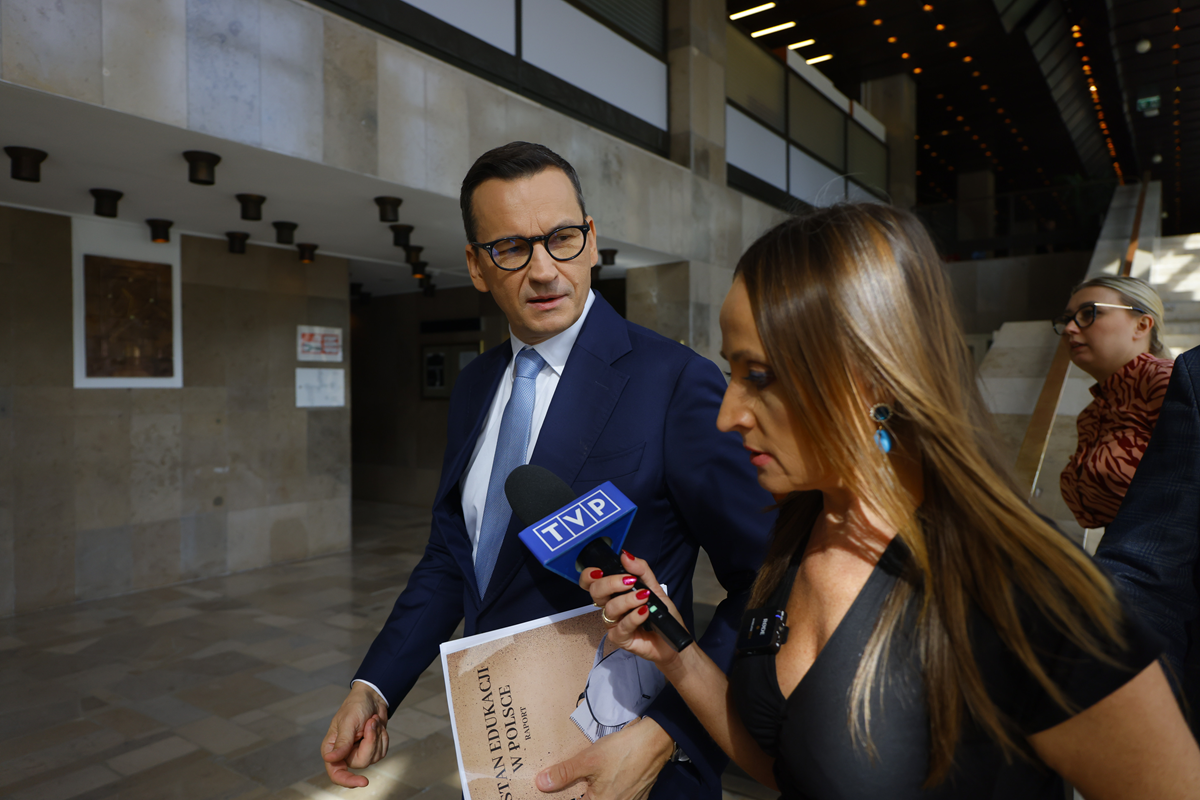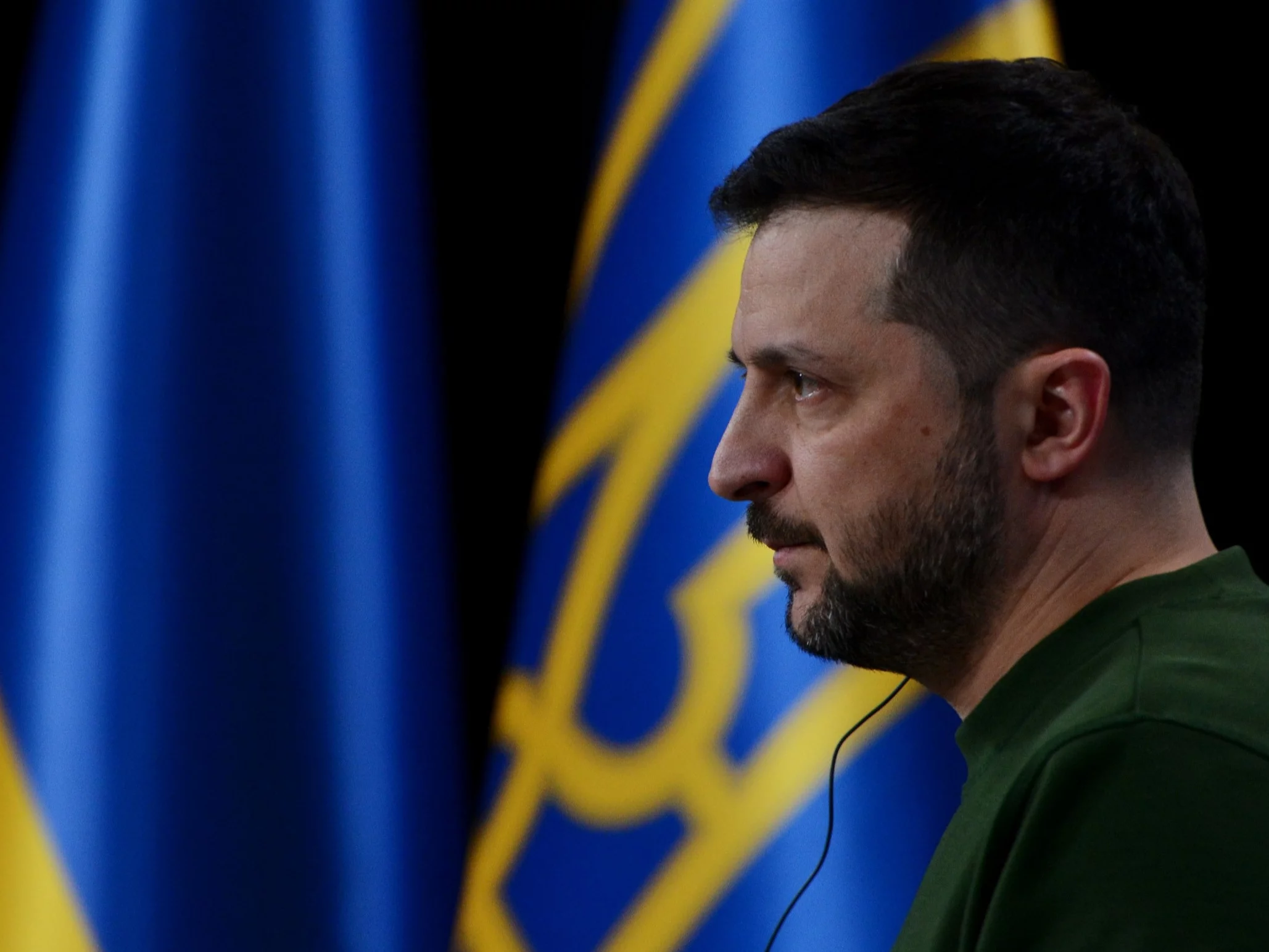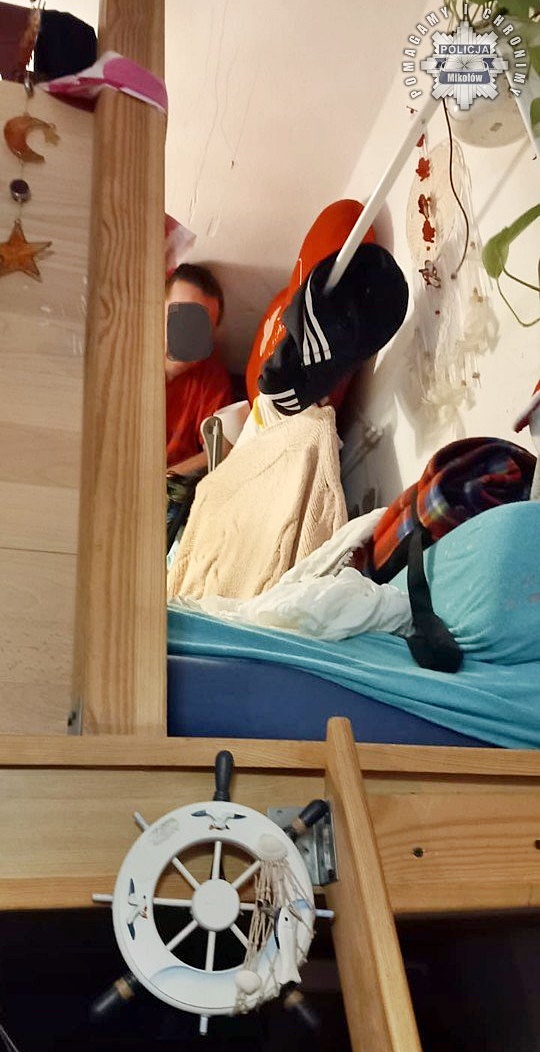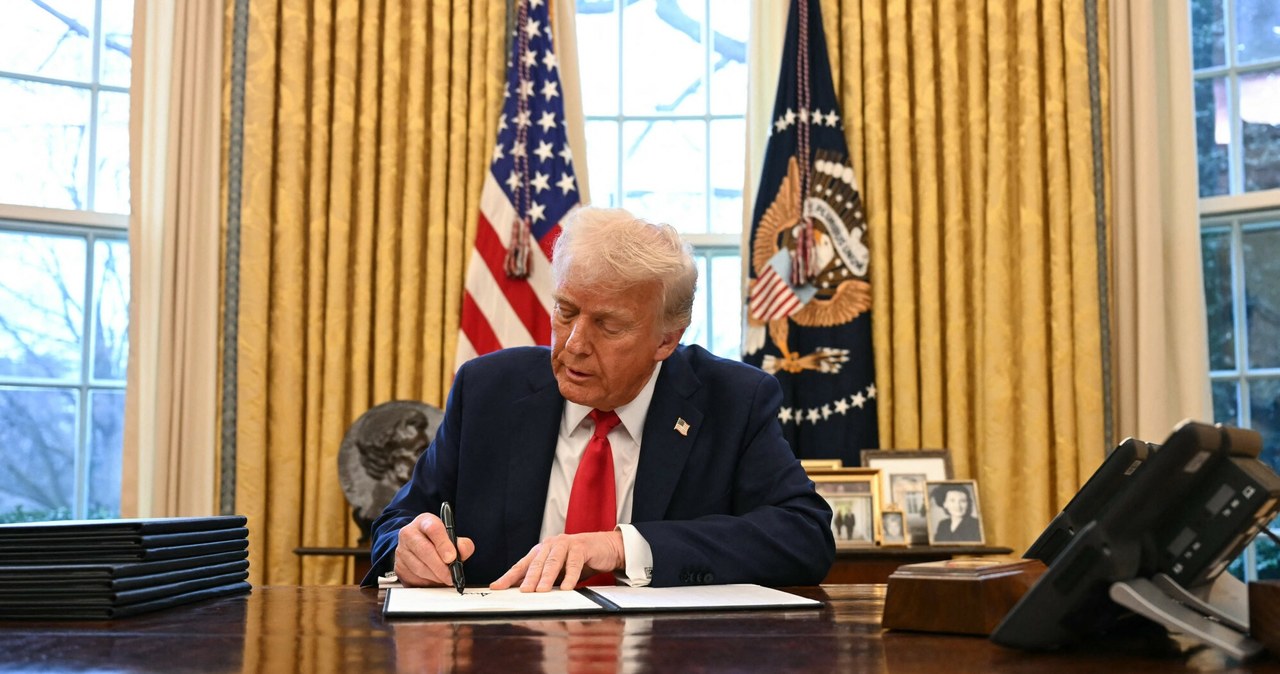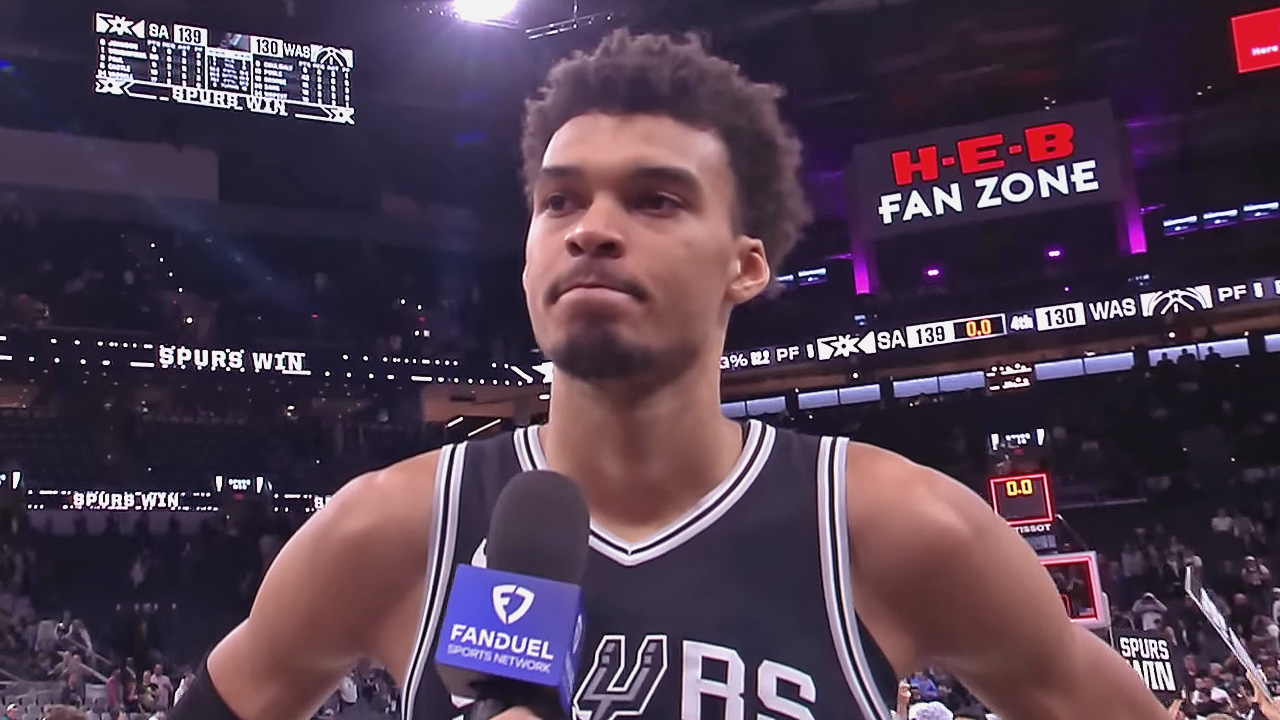
It Looks Like A Looming Monroe Doctrine Pan-North American Trade Stance Is Being Prepared
By Michael Every of Rabobank
20,000 Ledes Under the „See!”
The North American trade war is over before it started, as US tariffs on Mexico and Canada have been paused for 30 days after both offered full cooperation over fentanyl and made 10,000 police officers or military available at the border. So, 20,000 people are paying attention to this problem so millions globally don’t have to keep following it 24/7 in markets.
Everyone gets to say, “See!”: the Trump tariff “because markets” denialists; those who see Trump as having caved after burning US political capital; and those who see Mexico and Canada as having caved, following Colombia, Panama, and perhaps Greenland (which is to ban foreign influence in its next election on 6 April: good luck with that).
The next 30 days, in which Treasury‘s Bessent, State’s Rubio, and Commerce’s Lutnick –all (checks notes) ‘fentanyl experts’– discuss the border and trade with Mexico will be critical for determining what just happened and is likely to happen next. The waters may be muddy, but it looks like a looming Monroe Doctrine Pan-North American trade stance is being prepared, as flagged yesterday.
Likewise, the reform-minded and muscular “economic statecraft, eh?” Canada that has re-emerged after a decade of torpor is also precisely what the US wants to see – if it can turn it around to face outside North America.
But back to some of the 20,000 Ledes under the “See!”
Those thinking tariffs are not a thing need to consider that Europe is likely next in the firing line – and it doesn’t have a fentanyl issue or a common border with the US (yet). What is the potential deal there? And what if the North America is being reordered to greater purpose than “because markets”?
Relatedly, Trump said new 10% tariffs on China were an “opening salvo” and will go higher without a deal there too – and will speak to Beijing within the next 24 hours on the topic. So, another reprieve and another “See!”?
Look deeper!
China is suggesting a return to the Farce One Trade Deal, which seems unlikely to sell, and to not devalue CNY, which brings FX policy into the open as the economic statecraft it actually is rather than the polite “market” we describe. At the same time, those who have read the recent Trump Executive Order on trade will have noticed the slew of national-security related China-focused investigations already underway, and which are unlikely to only conclude that a 10% tariff is an appropriate palliative:
- Commerce, with Treasury and the USTR, will investigate the causes of large, persistent US trade deficits, as well as the economic and national security implications and risks resulting from them, and recommend appropriate measures, such as a global tariff or other policies.
- Commerce, with the Secretary of Defence and relevant agencies, will conduct a full economic and security review of the US industrial and manufacturing base to assess whether it’s necessary to initiate action to reduce imports that threaten national security.
- Commerce and the USTR will assess legislative proposals over China’s Permanent Normal Trade Relations status and make policy recommendations regarding any changes; together with the SCTM, it will also review the US-China Phase One Trade Deal to determine whether China is acting in accordance with it and perhaps impose tariffs; and China’s trade circumvention through third countries; and/or policies which burden or restrict US commerce.
- President Trump has now twice threatened 100% tariffs on any BRICS countries considering dedollarisation.
In short, expect much more volatility ahead, almost everywhere: see our Australia-New Zealand strategist Ben Picton’s take on what economic statecraft means for those two economies.
Without meaning to repeat the meme endlessly, it is still all about economic statecraft right now:
- The US State Department has swallowed up USAID, prompting Branko Milanovic to argue, “The main losses… will be felt by the comprador intelligentsias. The role of these intelligentsia was ambivalent. They were introducing some new knowledge in their countries, but they were often cut off from the domestic intellectual developments. They did not reflect the needs of countries, but of donors.” Just not the *US* donors, according to Secretary of State Rubio.
- The White House may shut down the Department of Education –only created in 1979– further underlining how radical the structural changes taking place are on multiple fronts.
- The US is to launch a sovereign wealth fund. Some will ask how a country running large twin deficits can save for such a fund – but thinking like an economist is wrong; others wonder which financial assets will be bid up by it – but pure Fartcraft, is also wrong. The Executive Order states the federal government directly owns $5.7 trillion of assets, and indirectly far more. These will now be leveraged “to invest in great national endeavours for the benefit of all of the American people.” That might mean TikTok, which doesn’t seem to make money, but is a national security issue; or crypto to fuse dollar-based Fartcraft to its main purpose – directing huge funds to national security/warcraft areas requiring long-term, low-cost capital.
- President Trump is proposing Ukraine grant the US rights to its critical minerals in exchange for military aid. Talk about a quid pro quo, or dollars pro quo, but again pointing to a Great Game of Global Trade – and further potential US interest in the ultimate outcome of the war.
- President Trump and Israeli PM Netanyahu were meeting in the White House at the time of writing – as the New York Times reports the US believes Iran is looking at ways to quickly build a nuclear bomb.
There is also drama on a relatively smaller, but still market-moving scale in Europe:
- French PM Bayrou has rammed through the 2025 budget at the price of a parliamentary confidence vote, likely tomorrow, that could bring down the budget and 6-week-old government. Were that to come to pass, markets would be ne content pas to put it mildly.
- The contrast between Europe’s ‘Greece’ and the US’s ‘Rome’ could not be starker as Germany also prepares for its own federal elections, which seem unlikely to return a government capable of dealing with the profound structural issues it is grappling with.
- The “pro-growth” UK government is to allow Council Tax to rise 5%, and higher in places. The PM also says the country doesn’t have to choose between the US and EU, a geopolitical delusion being echoed everywhere. In the UK case perhaps it simply means not being offered a deal by either? For the moment the best the UK is being pointed to by the EU is a defence “coalition of the willing to spend €500bn as starters”, which it has already said it can’t afford.
Looking at all this, it’s not surprising that the Fed’s Bostic yesterday stated that the uncertain outlook for the US economy and inflation argues for a wait-and-see approach on rates in 2025. He could also have said 20:25, as in this evening, and it would also have been accurate.
Tyler Durden
Tue, 02/04/2025 – 10:20

 3 godzin temu
3 godzin temu
